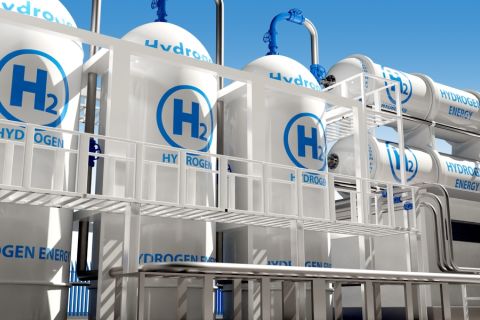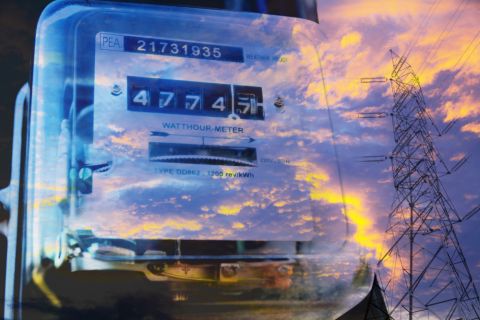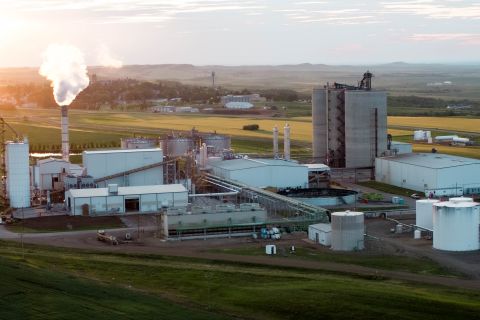Severe natural and climatic conditions, complex geology, and tectonic activity in eastern Siberia are just some of the challenges facing Russian companies in developing major gas reserves in the region.
Gazprom VNIIGAZ is tasked with developing the fields in the region. Problems include high helium and nitrogen content in the natural gas and bottomhole hydrate formation, said Pavel Tsybulsky, Gazprom VNIIGAZ, at the World Gas Conference 2012 in Kuala Lumpur, Malaysia, June 7.
The Chayadinskoye field in Krasnoyarsk Territory is a case in point. The license block covers 6,977 sq km (2,694 sq miles) and is scheduled for commissioning in 2016. Details of the project are in a paper written by Tsybulsky and D.V. Lyugai, Gazprom VNIIGAZ, on “Industrial development of Gazprom’s unique fields of eastern Siberia: Challenges and ways to address them.”
Key issues in developing the field include abnormally low reservoir pressure and temperature in the pay zones; low productivity of reservoirs leading to a high probability of hydrate formation at bottomholes and in well bores; the need for helium extraction and storage; lack of surface and subsurface water required for well drilling, completion, and production; instability caused by permafrost; poor infrastructure; and locating drilling pads in the boggy-rocky terrain, he continued.
The three producing formations – Biotubinsky, Khamakinsky, and Talakhsky – will be independently developed on a stage-by-stage basis. The commercially productive zones are at depths of around 2,000 m (6,600 ft). The Talakhsky and Khamakinsky sandstones contain gas condensate. The Biotubinsky sandstones contain oil and condensate.
Gas condensate deposits in the Talakhsky and Khamakinsky horizons will be developed first as a stage-by-stage pilot project for five years before commercial production begins, Tsybulsky explained.

Locating drilling pads in harsh terrain is one of the challenges in developing eastern Siberian fields
The field has abnormally low pressure (less than atmospheric pressure) and formation temperatures ranging from 9°C to 13.6°C (44°F to 54°F), which must be considered in the field development.
The Biotubinsky horizon has thin oil fringes with total oil in place of 200 million metric tons (1.5 Bbbl). The major part of the oil is in the gas-oil and water-oil contact zones.
Barrier technology is being developed to enhance the oil displacement from vertical wells. The first involves developing a nitrogen cushion above the oil fringe and the second is a polymer barrier between the gas cap and oil fringe. “In the initial phase of field development, three multifunctional wells for pilot-testing the barrier technology will be drilled,” he said. “It is recommended to develop the fringe using multifunctional wells with horizontal well bores with the barrier technologies.”
The technology developed in producing the Chayadinskoye field will pave the way for development of other eastern Siberian fields.
Recommended Reading
Baker Hughes Marks Hydrogen Milestones
2024-01-29 - The energy technology company is involved with several hydrogen projects as it works to accelerate the hydrogen economy.
Summit Carbon Solutions, POET Partner on CCS Project
2024-02-07 - The partnership will incorporate POET’s 12 facilities in Iowa and five facilities in South Dakota into Summit’s carbon capture and storage project.
Enough! Consumers Say They’re Overserved on Energy Transition, EY Finds
2024-02-11 - Two thirds of energy consumers are unwilling to spend more time and money to be sustainable, Ernst & Young reported.
Aggreko ETS Acquires Solar Project in Texas
2024-02-01 - Aggreko Energy Transition Solutions will oversee construction, own and operate the clean energy project in support of a Texas energy producer’s drive to decarbonize operations.
Red Trail Energy Issues Carbon Removal Credits
2024-03-06 - Red Trail Energy’s CO2 removal credits is the largest durable carbon removal project registered on the Puro Registry to date.





